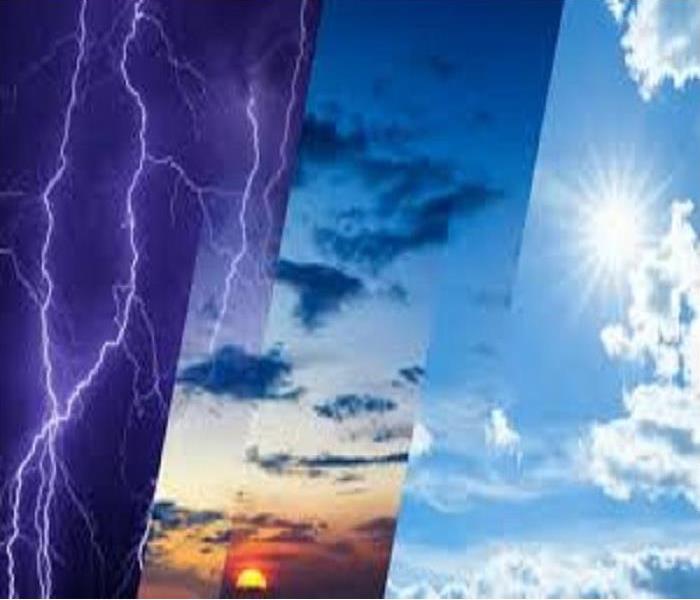Common Weather Alerts and What They Mean
7/30/2020 (Permalink)
 Keeping up with weather forecasts can help you anticipate storms and be ready for any kind of alert.
Keeping up with weather forecasts can help you anticipate storms and be ready for any kind of alert.
Throughout the year, you will see all sorts of weather related information pop up. Alerts used to just be sirens or banners on the bottom of a television screen. Now with so many people having access to smart phones and technology, we are being exposed to more types of alerts. If you get an alert about thunder storms, or tornado watches and warnings, do you know what they actually mean? If not, no problem. Here are some common alerts we might see in the Midwest during the summer and what they telling us.
Watch vs. Warning vs. Advisory
The first important thing to understanding weather alerts is to know the difference between a watch, a warning, and an advisory. If you get a weather alert saying something is a watch, it means that the current weather conditions are looking like that weather event is likely to occur. A weather alert for a watch means that the weather event is currently happening or minutes away from happening. An advisory is used for when a weather condition is not as serious as needing a warning but it still likely to occur.
- Severe Thunderstorm: There is 1’’ hail and/or winds faster than 58 mph are being produced.
- Flash Flood: Heavy rain fall is causing rapid flooding of small rivers, streams, creaks, or urban areas.
- Tornado: Severe thunderstorms are occurring that are producing optimal conditions for a tornado funnel to form.
- Excessive Heat: Daytime temperatures are reaching above 105°F to 110°F for more than three hours. If happening for multiple days, it is not uncommon for widespread power outages.
You can find more information on the kinds of weather alerts on the National Weather Services website at weather.gov. If you experience damage from severe weather, give SERVPRO of Oak Park-River Forest a call at (708) 483-8636 and we will make it “Like it never even happened.”





 24/7 Emergency Service
24/7 Emergency Service